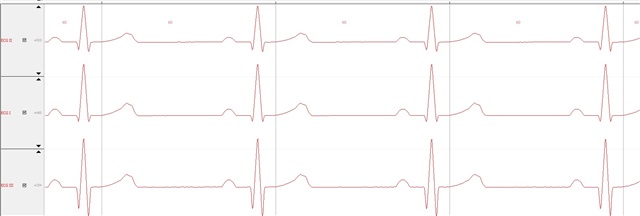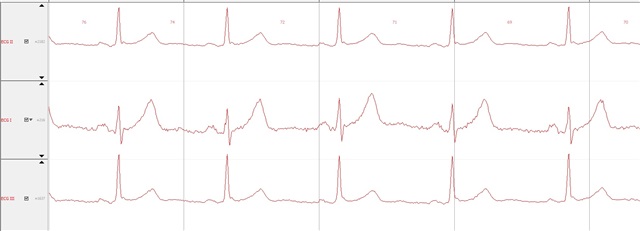Other Parts Discussed in Thread: ADS1298R
Hello,
I need some technical support about designing the ECG sensor with using front-end ADS1294R.
I am looking for typical Application for three channels ECG and respiration measurement using internally-generated modulation signal on the same electrodes used for ECG to have an acceptable signal to noise ratio.
Also, according to the “table 3. Input-Referred Noise in High-Resolution Mode” with output data rate of 1024Hz, the noise level should be around 3.9μVPP. With using register “CHnSET, (address = 05h to 0Ch)- Bit (2:0)- Input shorted”, We measured around 3 μVPP, however on human body the noise level is around 30 μVPP. Do you have any recomendation or a specific application note to reduce the noise level?
I am looking forward to hearing back from you.
Best regards,
Rasool



